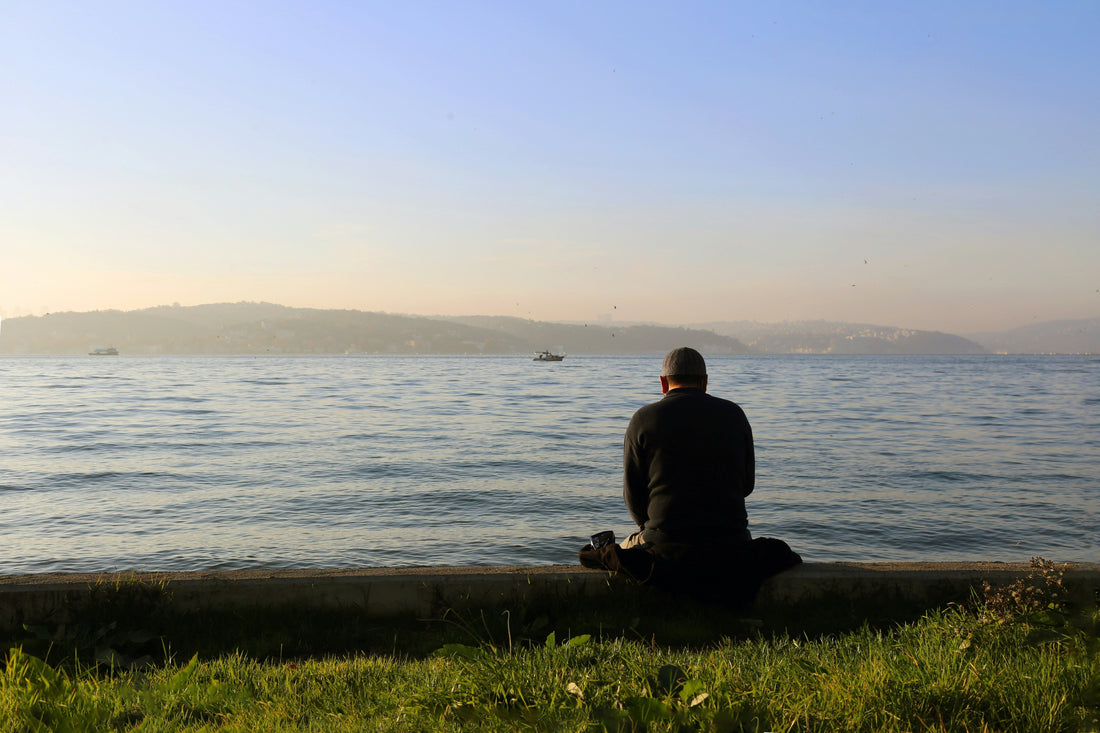7 Practical Tips To Help You Heal From A Traumatic Past

Share
Healing Childhood Trauma: Reclaiming Your Life
The Lingering Effects of Trauma
Trauma victims often feel disconnected from their bodies and struggle with personal relationships. The journey to regain a sense of safety varies greatly—some may take weeks, while others, particularly those who experienced chronic or repeated abuse, may need years. Past trauma can deeply influence decision-making and emotional responses in adulthood. While it can be difficult to move beyond painful memories, healing is possible.
Recognize and Accept the Trauma
Many childhood trauma survivors spend years denying or minimizing their experiences. Others internalize guilt and blame themselves. True healing begins only when you acknowledge the trauma for what it is. Acceptance does not mean approval or forgiveness of the events—it means facing the reality so that you can begin the work of recovery.
Retake Command of Your Life
Helplessness from childhood often carries into adult life, making you feel like a victim of your past. This mindset can dictate your current behavior and relationships. Regaining control involves letting go of the outdated defenses you developed as a child and making intentional choices in the present. You may continue to feel the pull of the past, but with effort and courage, you can begin to shape your future on your own terms.
Seek Connection and Support
Isolation is a common coping mechanism among trauma survivors, but it often worsens emotional pain. Healing happens in the context of relationships. Reach out to trusted family members, friends, therapists, or join support groups for survivors of childhood trauma. Connection brings perspective, comfort, and validation—key ingredients in the healing process.
Take Good Care of Your Body and Mind
Your physical well-being significantly impacts your ability to manage emotional stress. Establish a consistent daily routine that includes rest, nutritious food, and regular exercise. Avoid substances like alcohol and drugs, which can temporarily numb pain but ultimately increase anxiety, depression, and trauma symptoms.
Learn What It Means to Accept and Let Go
Acceptance doesn’t mean condoning your trauma. It means deciding how you will live with it. Letting go is not about erasing memories or pretending nothing happened. It’s about refusing to let your painful past steal your joy, peace, and purpose in the present. It’s an ongoing process, not a single event.
Replace Destructive Habits with Healthy Ones
Bad habits—whether emotional patterns like mistrust and negativity, or behaviors like substance abuse—are often coping mechanisms rooted in trauma. Although they may have helped you survive in the past, they can prevent healing now. Therapy, support groups, and mindfulness practices can help you build healthier alternatives that support your growth.
Be Patient and Gentle with Yourself
The aftermath of childhood trauma includes intense emotions, distorted thinking, and deep-rooted defense mechanisms. Letting go of these doesn’t happen overnight. Healing is a gradual process. Celebrate even the smallest progress, and treat yourself with compassion. Every step forward, no matter how small, brings you closer to lasting recovery.
Understanding the Nature of Trauma
Trauma is a psychological reaction to deeply disturbing events such as accidents, assaults, or natural disasters. In the short term, trauma can lead to shock and denial. Over time, it may result in flashbacks, emotional instability, strained relationships, and even physical symptoms like headaches or nausea. These reactions are normal. With time, care, and support, you can begin to heal.
Note: While healing practices are essential, they should never replace professional medical or psychological treatment. If you are struggling with trauma, consult a licensed healthcare provider for personalized care and support.
